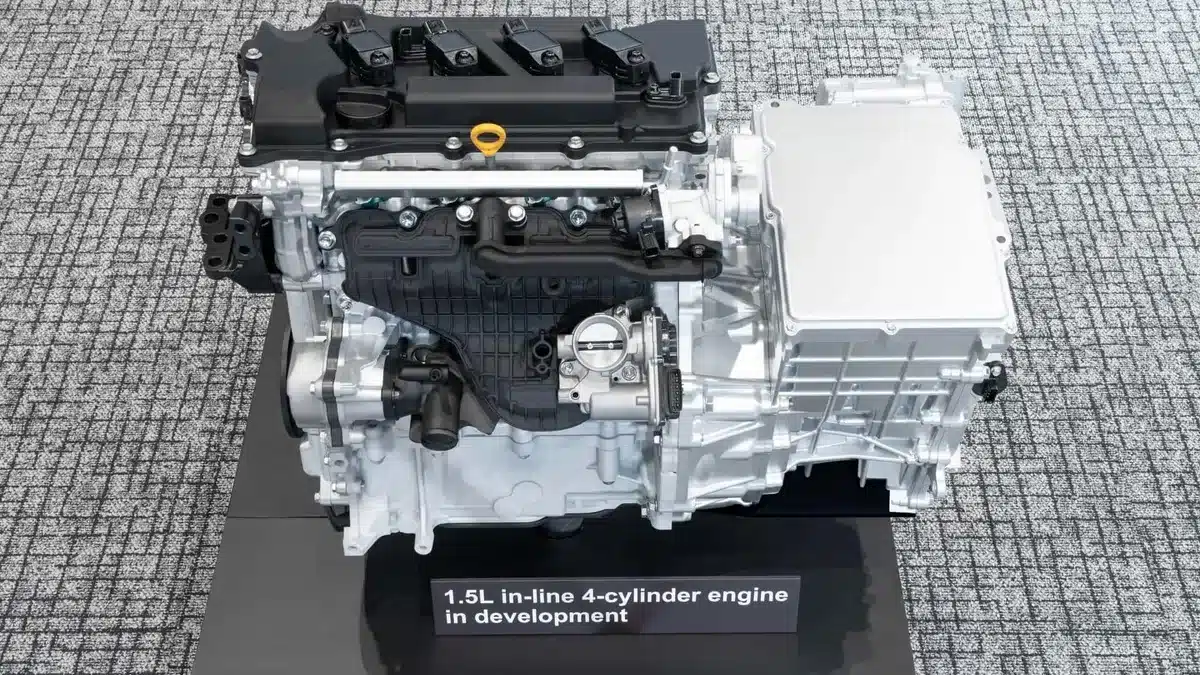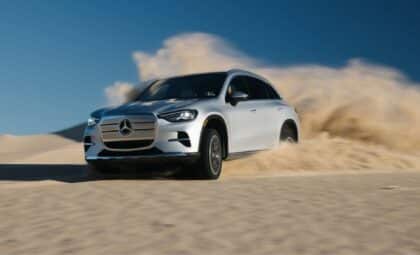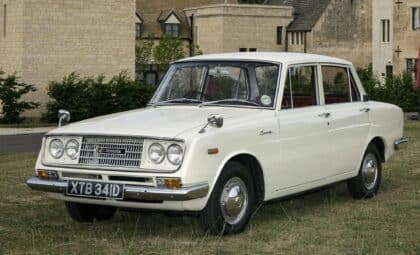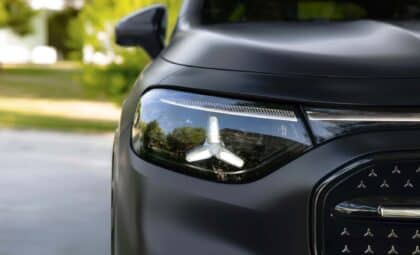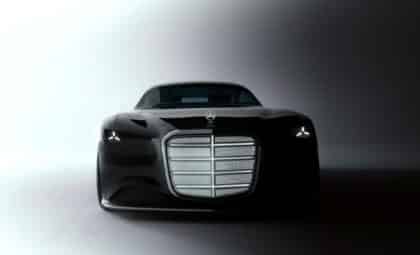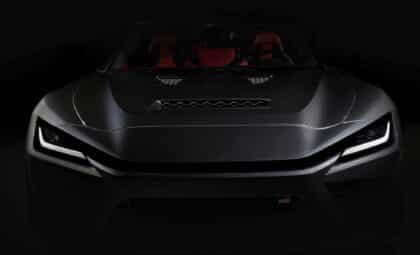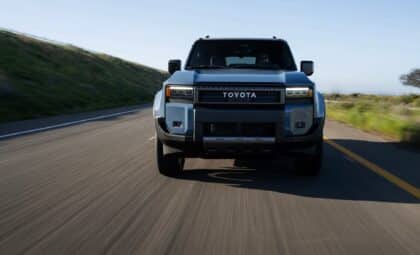In a time when electric vehicles are really picking up and changing the auto scene, Toyota is standing by its belief that internal combustion engines still have a lot to offer. This isn’t just a passing thought—it’s a smart strategy that’s backed up by teaming up with Subaru and Mazda. Their work on a new family of gas engines shows how Toyota is blending classic engine tech with fresh ideas.
Pioneering new engine developments
Toyota is diving into new territory with smaller, lighter four-cylinder engines like the innovative G20E engine. These engines, which Toyota’s Chief Technology Officer Hiroki Nakajima calls a “game-changer solution” (meaning they could completely shake up how powertrains work), are set to transform how vehicles are powered. The new 1.5-liter and 2.0-liter models aren’t limited to just one use; they’ll be built into various powertrains like electric, hybrid, and hydrogen systems.
This flexible design shows Toyota’s creative way of staying relevant as the market changes. By boosting engine efficiency and cutting down on weight, Toyota wants to raise the bar for performance while also keeping things greener.
Extending electric vehicle range with erevs
One of the coolest parts of Toyota’s plan is mixing gas engines with electric setups through Extended-Range Electric Vehicles (EREVs). In these vehicles, the gas engine works as a generator to recharge the battery instead of powering the wheels directly. This idea isn’t entirely new—models like the BMW i3 REX, Ramcharger, Mazda MX-30, Scout’s upcoming truck and SUV, and Nissan’s E-Power vehicles use a similar setup.
With this approach, Toyota wants to boost the EV experience without worrying about range or ease of use. They’re planning to roll out EREVs in China via their joint venture with GAC, with models such as the Highlander SUV and Sienna minivan sporting this new system.
Advancements in engine efficiency and fuel diversity
Toyota’s focus on making engines more efficient was clear back in 2018 when they hit 41% thermal efficiency, aligning with the broader industry electrification strategy. Looking forward, their next-gen engines will run on a mix of fuels like fossil fuels, biofuel, hydrogen, and synthetic fuel. This variety shows Toyota is ready to offer options that work in different situations.
They’re also testing long-range plug-in hybrids that can go up to 62 miles (100 kilometers) without using gasoline—a milestone that Toyota’s Andrea Carlucci calls the “tipping point.”
Performance-driven engine types
The fresh lineup features both naturally aspirated and turbocharged engines, continuing Toyota’s legacy of reliable engineering seen in models like the Toyota 1HZ engine. Notably, the 2.0-liter turbo will come in a high-performance version for Gazoo Racing (GR) models, pushing out as much as 600 horsepower. This performance focus makes sure that car enthusiasts can still get a thrilling ride while enjoying the latest tech.
Adapting vehicle architecture for future demands
Toyota is also looking at vehicle designs that are naturally built for EVs but can easily be switched up for plug-in hybrids or full hybrids. While dedicated electric platforms like Tesla’s, Volkswagen Group’s MEB, Hyundai and Kia’s E-GMP, and Mercedes’ EVA have set high standards, platforms like Stellantis’ STLA and VW Group’s soon-to-be SSP show that combustion engines still have a place in an EV world.
As Andrea Carlucci puts it, “Everybody has taken an ICE platform and turned it into something that is electrified to some degree.”
Navigating market strategy amid decarbonization efforts
Even as worldwide drives to cut carbon push everyone toward electric vehicles, policies like the EU’s bold ban on combustion engine cars are shaping the market. Toyota Chairman Akio Toyoda thinks EVs will never make up more than 30% of the market. Keeping a mix of powertrains and giving customers choices is at the heart of Toyota’s game plan—something Andrea Carlucci sums up nicely: “We will not push EVs in markets where there is no demand.”
This balanced strategy sets Toyota apart in a fast-changing industry—offering flexible choices for buyers while sticking to sustainable practices.
As new tech continues to shape how we get around, Toyota’s steady bet on upgrading internal combustion engines along with embracing electrification shows its long-standing drive to innovate while keeping diverse consumer needs at the forefront.

